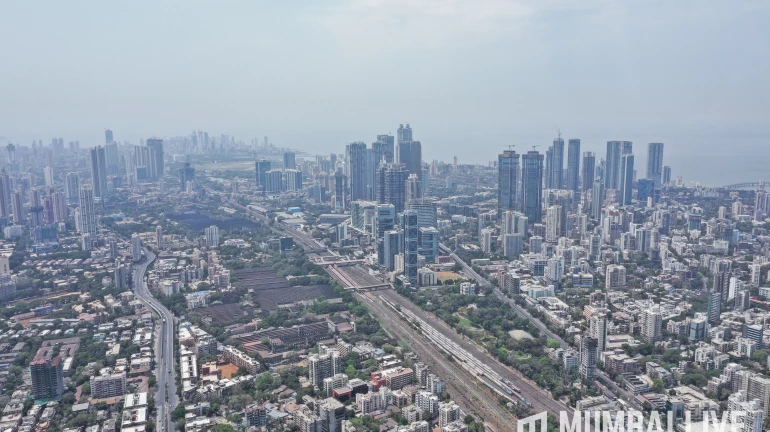
Mumbai, the financial capital of India, dominates the nation's skyline with an impressive 77 per cent share of tall buildings. According to a report titled "Sky is the Limit: Rise of Tall Buildings in India" by CBRE South Asia, Mumbai is home to a staggering number of tall structures, far surpassing other cities in India. The city's vertical growth is a reflection of its limited land resources and the constant influx of people seeking opportunities.
Rise of Vertical Growth in Mumbai: A Solution
The concept of tall buildings is classified as structures exceeding 150 metres in height. It has gained significant traction in India. Mumbai, in particular, has witnessed a remarkable surge in vertical growth. With land availability becoming increasingly scarce, developers and planners have turned to building upward to accommodate the rising urban population.
This decentralised growth has led to the development of micro markets in the eastern and western suburbs of Mumbai. While central and south Mumbai remain the epicentre of high-rise clusters due to soaring land prices and high demand.
Tall Buildings in India: Challenges and Opportunities
While tall buildings offer an efficient solution for maximising land use, they also present unique challenges. The CBRE report highlights that only a meagre 6 per cent of India's tall structures are dedicated to office spaces, while a staggering 89 per cent are residential buildings.
The financial viability of office buildings in Mumbai is hindered by the city's lower Floor Space Index. This makes the residential projects more financially lucrative. Moreover, hotels account for only 1 per cent of tall buildings, and mixed-use buildings make up around 4 per cent.
The vertical growth of Mumbai comes with additional considerations. Tall buildings tend to be more energy- and water-intensive, requiring artificial illumination, mechanical ventilation, and water supply to all floors.
However, they also offer several advantages. These towering structures provide branding opportunities, elevate living standards, and contribute to reduced carbon emissions. Moreover, they facilitate the affordability of basic services in highly populated areas.
Recommendations from the report
Developers, architects, planners, and regulators can effectively integrate tall structures into existing urban patterns while optimising resource distribution. To ensure the sustainable development of tall buildings in India, the CBRE report recommends the establishment of uniform building codes, guidelines, and standards.





